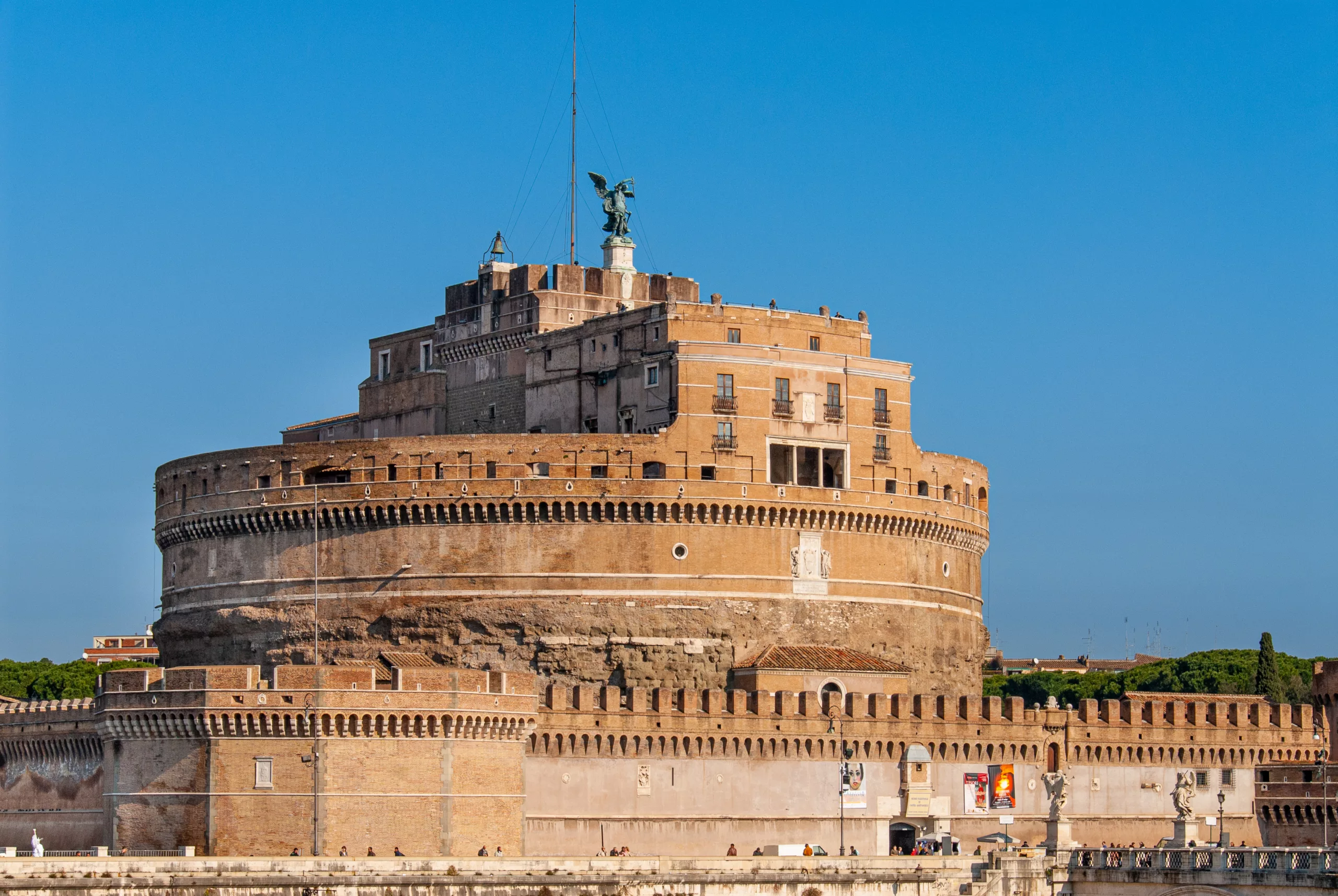Museum of Castel Sant’Angelo
Structural consolidation, architectural restoration and continuity solutions for the Castel Sant’Angelo Museum
2007
OVERVIEW
Adaptation works of the rooms located on the ground level of the Museum and structural consolidation and architectural restoration works of the Roman cylinder
CLIENT
Ministry of BB.CC. and AA. Regional Directorate for Cultural and Landscape Heritage of Lazio.
COST
€ 469.540,00
PLACE
Rome,Latium,Italy
PROJECT DESCRIPTION
Castel Sant’Angelo was founded as a sepulchre intended to house the remains of Emperor Hadrian in the second century A.D., but it was destined to become over the centuries, as a result of continual adjustments, first a fortification and, then, a prison, a Renaissance residence, and a papal seat. Ultimately, it takes on the appearance of the museum that, today, attracts myriads of visitors each year from all over the world.
The architectural restoration project carried out by Edilerica at the Museum of Castel Sant’Angelo involved the Roman part of the drum, i.e., the large circular structure present within the imposing quadrangular walls.
With special attention to the respect and philological preservation of this historic artifact, Edilerica’s intervention focused on structural consolidation and restoration. In particular, some parts of the masonry that had been severely deteriorated by the passage of time were removed.
One work of particular interest involved parts made of peperino shards, a type of rock popular in ancient Rome and often used in the form of ashlars or blocks. Given the high state of wear of the blocks, the Edilerica team initially focused its efforts on washing the ashlars with controlled pressure water jets. Only later was it possible to intervene on the microorganisms with which the surface was strewn (mosses, lichens, algae) through the application of biocide product packs.
Edilerica proceeded with extensive grout work with salvaged brick and tuff pieces, elements that-in combination with the mortars-restored colors and grain sizes perfectly in line with the original materials.
The intervention was concluded with the installation of special nylon wire bird deterrents to protect the masonry.
The result is a masonry that, from the first glance, returns a perfect sense of continuity not only structurally but also aesthetically.

The peperino crock
Peperino is a typical rock of volcanic origin that is particularly widespread in Latium and to be precise in the area of Viterbo and the Alban Hills. It owes its name to the presence of a background color with various shades of gray, punctuated by black particles (biotite) resembling peppercorns. In most of the buildings of the Roman period it is possible to find peperino among the building materials.
In later periods, various buildings of special historical and architectural interest were built with peperino shard, both in Rome and in the Castelli Romani area.
Today peperino is used to make wainscoting, fascia, floors and stairs.
Photo reportage

